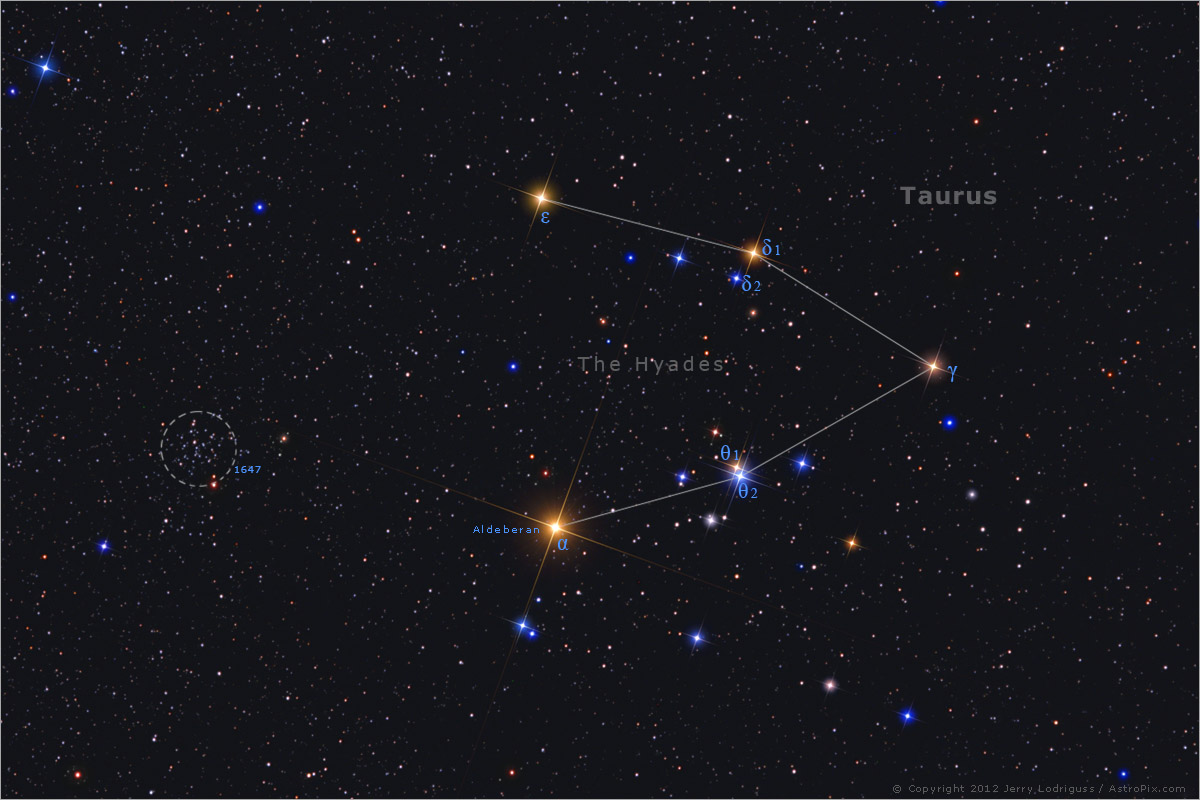THE USM SOUTHWORTH PLANETARIUM
207-780-4249 www.usm.maine.edu/planet
43.6667° N 70.2667° W
Altitude: 10 feet below sea level
Altitude: 10 feet below sea level
Founded January 1970
Julian date: 2458689.5
THE DAILY ASTRONOMER
Saturday, August 3, 2019
Saturday, August 3, 2019
August 2019 Night Sky Calendar Part II
THURSDAY, AUGUST 15: FULL MOON
Green Corn Moon and Grain Moon are two common names assigned to the August full moon. Although we haven't quite reached the time of the harvest moon, the crops are not only flourishing, but showing greater maturity almost on a daily basis. Sometimes the August full moon is known as the "Growing Night Moon," in reference to the decrease in daylight duration that started around the solstice and is now becoming horrifyingly noticeable. Although the summer warmth hasn't yet retreated southward, we're drawing ever closer to fall. For this reason, the Growing Night Moon often immediately precedes the Harvest Moon, defined as the full moon that occurs closest to the autumnal equinox.
SATURDAY, AUGUST 17: MOON AT APOGEE
The moon reached perigee, its closest distance, on August 2nd. It will reach apogee, the point of greatest distance, today. At the precise moment of apogee, the moon will be 406,245 kilometers from Earth. Thursday's full moon was smaller than most full moons as a consequence of the moon's greater distance. Of course, this comparatively diminutive full moon won't look different than other full moons. The high tides that occur around full moon will be lower than usual this month as the moon is farther away and the tidal forces it exerts on the planet will be commensurately lesser.
The moon reached perigee, its closest distance, on August 2nd. It will reach apogee, the point of greatest distance, today. At the precise moment of apogee, the moon will be 406,245 kilometers from Earth. Thursday's full moon was smaller than most full moons as a consequence of the moon's greater distance. Of course, this comparatively diminutive full moon won't look different than other full moons. The high tides that occur around full moon will be lower than usual this month as the moon is farther away and the tidal forces it exerts on the planet will be commensurately lesser.
FRIDAY, AUGUST 23: LAST QUARTER MOON
SATURDAY, AUGUST 24: MOON NEAR ALDEBARAN
The winter stars ascend in the morning sky during late summer. Now that we're in late August, Taurus the Bull will be well positioned in the eastern sky a couple of hours before dawn. Tonight, one will see its brightest star, Aldebaran, close to the waning crescent moon (39% illuminated).

The moon will swing by Taurus tonight. See the waning crescent moon close to Taurus' alpha star, Aldebaran.
FRIDAY, AUGUST 30: NEW MOON
FRIDAY, AUGUST 30: MOON AT PERIGEE
Well, we're ending August with another super moon, although not a super "black moon," as the previous new moon occurred at the very end of July. However, the moon will be new about 5.3 hours before the moon reaches perigee, so we can expect higher than usual tides as we'll truly experience a perigean new moon today!
PLANET WATCH
MERCURY is best seen early to mid month. One will find the usually elusive planet in the eastern pre-dawn sky. The best time to find the first world is around August 9th, when it will reach greatest western elongation. VERDICT: The second week of August will provide you with the best opportunity to see Mercury this month.
VENUS is not visible this month. VERDICT: Well.... Now, be aware that Venus will return to the western early evening sky by mid September. If the prospect of another autumn engenders despair, be cheerful at the anticipation of seeing our brilliant sister world in the western evening sky throughout autumn and even into winter.
EARTH (Pick planet!). Look down...
MARS is not visible this month. VERDICT: Hmmmm.....We will say, however, that Mars will return to the early morning sky in October! Over the course of the next year, we can watch the red planet growing brighter and redder as Earth and Mars draw closer to each other. Mars will next be at opposition, and therefore at its maximum brightness, on October 13, 2020.
JUPITER will be high in the eastern sky by dusk. See the giant world passing through the western sky through late evening. VERDICT: Though not as bright as it was earlier this summer, Jupiter still dazzles and will remain visible until just after midnight. Jupiter next reaches opposition on July 14, 2020.
SATURN remains in the sky for a longer period than Jupiter, but is currently about six times dimmer. The ringed world begins the night in the southeastern sky and will set by mid morning at month's beginning. VERDICT: As Saturn is growing dimmer, it is best to seek out Saturn early in August.